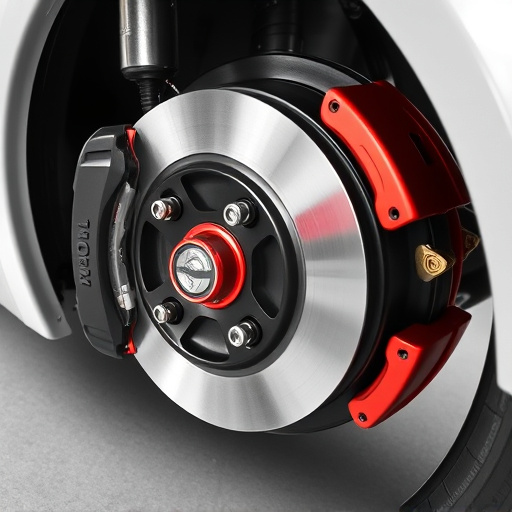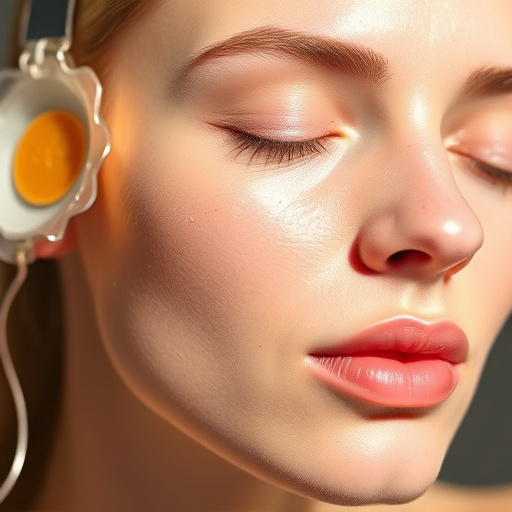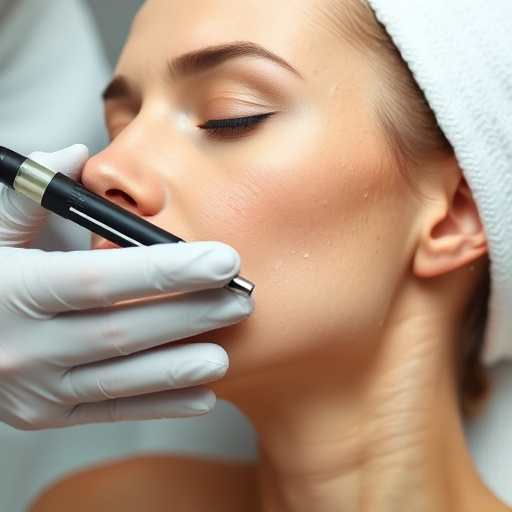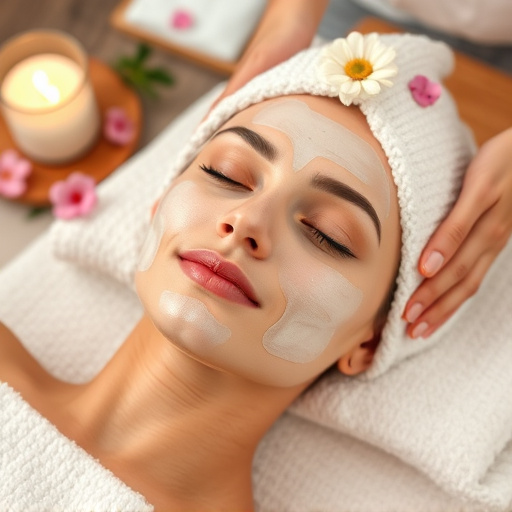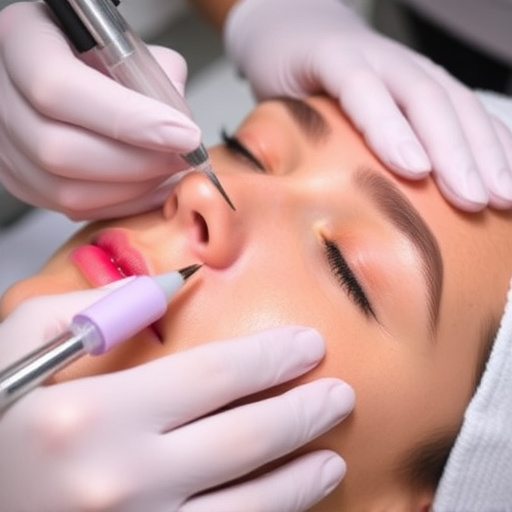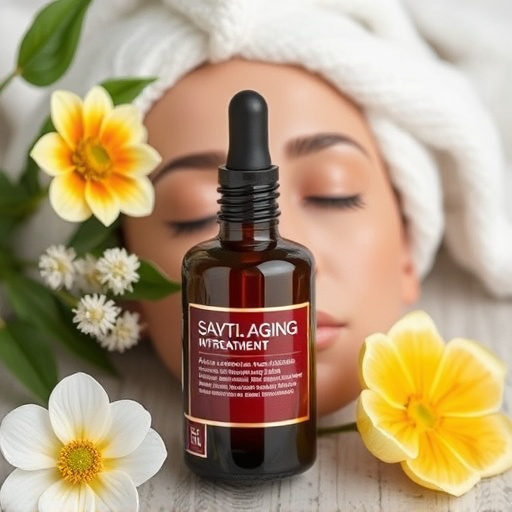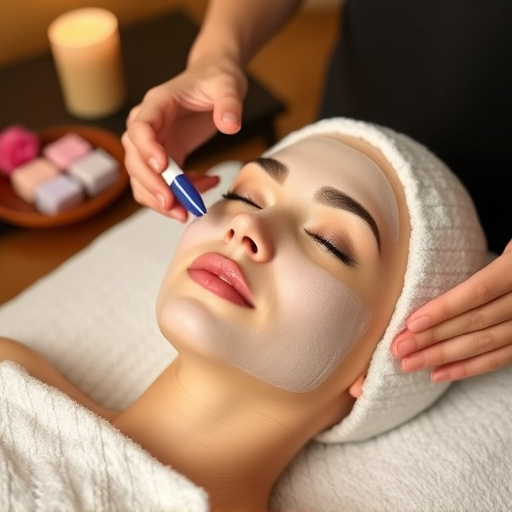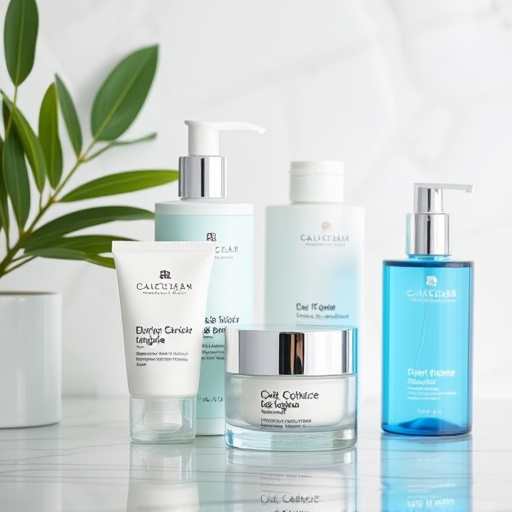Understanding the natural eyebrow hair growth cycle (anagen, catagen, telogen) is key for effective and safe removal techniques like threading or plucking during active growth (anagen). Threading, a traditional method using cotton threads, minimizes skin irritation and promotes healthy results. Plucking, though precise, carries risks of irritation and ingrown hairs. Many opt for gentler alternatives like threading or medical spa services to avoid long-term skin damage associated with frequent plucking.
Unsure about which method to choose for your eyebrow hair removal? This comprehensive guide breaks down threading vs. plucking, two popular techniques with distinct approaches. We explore the intricacies of understanding eyebrow hair growth to inform your decision. Then, we delve into threading’s traditional roots and plucking’s various techniques. By considering potential risks and benefits, you’ll be equipped to select the best option for achieving your desired brow shape.
- Understanding Eyebrow Hair Growth and Cycle
- Threading: A Traditional Method Unveiled
- Plucking: Techniques and Potential Risks Explored
Understanding Eyebrow Hair Growth and Cycle
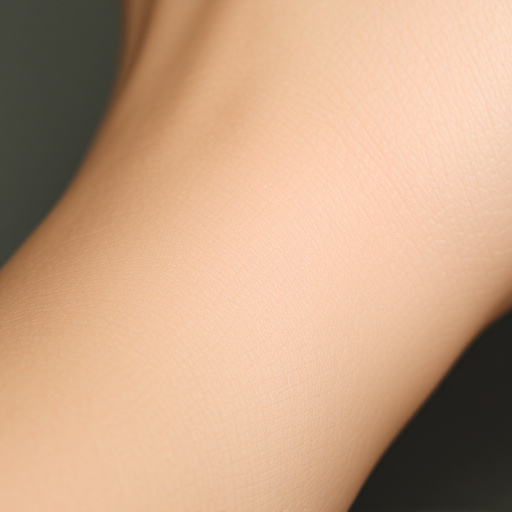
Eyebrow hair growth follows a natural cycle that understanding is key to effective eyebrow hair removal. The growth phase, catagen, anagen, and telogen, each plays a role. During the anagen phase, active growth occurs, making it the target for methods like threading or plucking. This phase lasts for several weeks, after which hair enters the shorter catagen stage before ultimately falling out naturally during the telogen phase. Recognizing these stages allows for more precise and less damaging eyebrow hair removal techniques, aligning with professional skincare practices to maintain optimal skin health and enhance aesthetic treatments.
Threading: A Traditional Method Unveiled
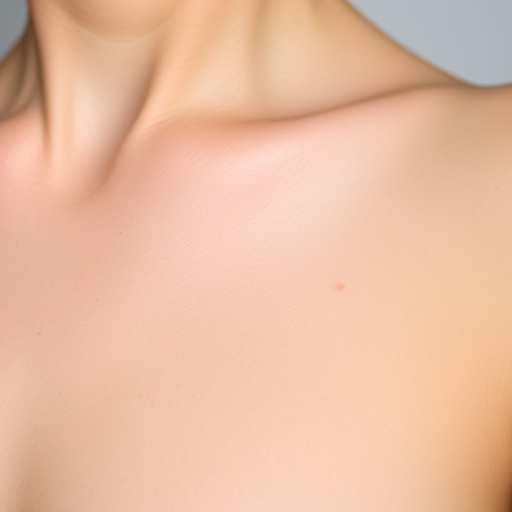
Threading is a traditional hair removal method that has been practiced for centuries, particularly in South Asia and the Middle East. It involves using a thin strand of cotton thread to gently twist and pull out individual hairs from the root, creating a precise and clean look. This technique requires skill and precision, as the therapist carefully guides the thread across the skin, targeting specific hair follicles.
Compared to modern eyebrow hair removal methods, threading offers a more natural approach with minimal skin irritation. It is considered an effective way to achieve neat and defined eyebrows, promoting healthy skin and enhancing overall facial aesthetics. Many people appreciate the skill and art involved in threading, making it a sought-after choice for those seeking traditional yet precise aesthetic treatments.
Plucking: Techniques and Potential Risks Explored
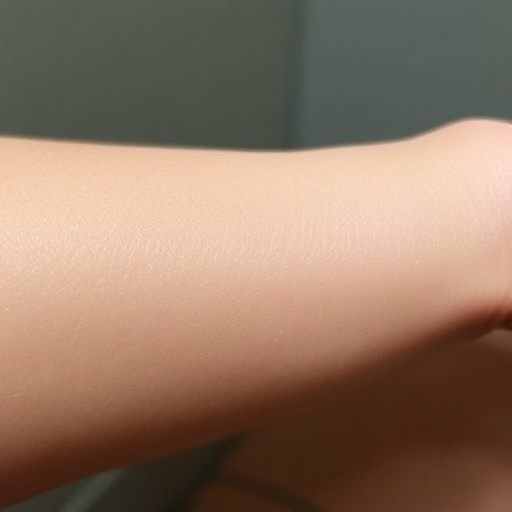
Plucking is a popular method for eyebrow hair removal, often performed with tweezers. It involves carefully extracting individual hairs from the root, allowing for precise control over shape and arch. This technique requires skill and patience, as it’s crucial to target only the unwanted hairs while preserving the natural brow structure. Skilled estheticians can achieve precise results, enhancing overall eyebrow aesthetics.
However, plucking carries potential risks. Skin irritation, redness, and even ingrown hairs are common side effects due to the direct manipulation of hair follicles. Regular plucking may also lead to pore refinement and skin health issues if not done meticulously. For individuals with coarse or rapidly growing brow hairs, this method might demand frequent maintenance, potentially causing skin damage over time. Considering these factors, many opt for alternative eyebrow hair removal solutions like threading or medical spa services for a more comprehensive and gentle approach to achieving flawless brows.
When it comes to eyebrow hair removal, understanding your hair growth cycle is key. Both threading and plucking offer effective solutions, each with its unique advantages and potential drawbacks. Threading provides a precise, pain-free approach, ideal for those seeking a traditional method. Plucking, while quicker, requires careful consideration due to its risk of ingrown hairs. By recognizing the benefits and learning about proper techniques, you can make an informed decision for your desired eyebrow shaping results. Embrace either method as part of your personalized beauty routine for confident, well-groomed eyebrows.
